“We Are Not Facing A Future Without Work. We Are Facing A Future Without Jobs.“

“We are not facing a future without work. We are facing a future without jobs.“
READ MORE: Jobs, Work, and Universal Basic Income
More Posts from Dotmpotter and Others










Michelle Obama launches #62MillionGirls to fight for girls’ education
Michelle Obama has unveiled a new campaign focusing on the tens of millions of girls around the world who lack access to any kind of education. "Right now, 62 million girls are not in school,“ the first lady told the Global Citizens Festival. “And what’s important to know is that these are our girls. They deserve the same chances to get an education as my daughters and your daughters and all of our children.“ Celebrities, politicians and other Twitter users were quick to jump on the hashtag.


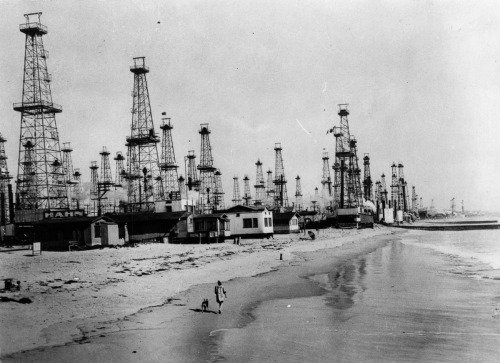








Drilling for oil on Venice Beach | Via
Native Americans first discovered oil in California, as it seeped to the surface of the earth. They used it as a lubricant and sealant for canoes. It was later used for similar purposes by Spanish colonizers.
As the state’s population boomed in the decades following the gold rush of 1849, there was a rapidly growing demand for petroleum.
Drilled in 1876, the first commercially successful oil well in California was Well No. 4 in the Pico Canyon Oilfield in the Santa Susana Mountains.
More discoveries followed, from the Los Angeles City Oil Field in 1892 to Huntington Beach in 1920 and Long Beach in 1921.
By 1920, California was producing 77 million barrels of oil a year, and vast stretches of the state were occupied by derricks, drilling rigs and refineries.
In places such as Venice, California (now known as Marina del Rey), oil derricks ran right up to the shore, mingling with residential neighborhoods and pristine beaches.
How To Avoid The Next Atlantis
They say nothing in life is guaranteed except death and taxes. Maybe we should add rising sea levels to that list?
The lapping waves of Earth’s oceans are going to move as much as 1 full meter higher within our lifetimes, and perhaps several meters more in the coming centuries depending on what we do or don’t do about slowing down climate change. Part of this comes from melting glaciers and ice shelves flowing out to sea, and part comes from the natural expansion of water as it warms, but we have to face facts: Sea level is rising.
This new video from MinuteEarth looks at some of the interesting ways that coastal cities around the globe are trying to get ready for a wetter world. I wish this wasn’t something we had to prepare for, but I’m glad we’ve got smart people on the job.
Bonus: Curious what 1 meter of sea level rise looks like? Head over to Climate Central and play with their Surging Seas map simulator. Look, you can even make half of Florida and Louisiana disappear!


You're only an "economic migrant" if you're poor and brown

Ned Richardson-Little is a Canadian academic who went to the US “in search of a better life,” did research in Germany and settled in the UK, something he was able to do thanks to his economic migrant grandfather who happened to have been born in Scotland.
Richardson contemplates the vilified category of “economic migrant” – “the greedy, dark other to those virtuously fleeing conflict” – and wonders how it is that no one has ever vilified him, given that he, too, is so obviously an “economic migrant.”
My grandparents (and father) were displaced people – Red Army deserters who destroyed their papers so that they could escape Europe via the DP boats to Canada – and I left Canada for the USA to found a company, then moved to the UK to represent an NGO and became a citizen, and have now moved back to the USA to write novels and campaign for better information policy. No one has ever called me an economic migrant.
https://boingboing.net/2015/11/29/youre-only-an-economic-mig.html
Byzantine 'flat-pack' church to be reconstructed in Oxford after spending 1,000 years on the seabed

Centuries before the Swedes started flat-packing their furniture, the Holy Roman Emperor Justinian had his own version, sending self-assembly churches to newly conquered parts of his empire.
Now one of the “Ikea-style” churches, which spent more than 1,000 years on a seabed after the ship carrying it sank, is to be reconstructed for the first time in Oxford.
The Byzantine church will be on display at the Ashmolean Museum of Art and Archaeology as part of the exhibition Storms, War and Shipwrecks: Treasures from the Sicilian Seas, opening in June.
Paul Roberts, co-curator of the exhibition, said: “Everything in the exhibition will be from under the sea. It’s very different from what’s been done before. Read more.

The CDC has released a first-of-its-kind report detailing the threat of antibiotic-resistant bacteria to our health and food supply. It is not pretty.
Within the report (you can read it here, it’s very layman-accessible) lies threat assessments for a whole range of disease-causing microbes, from famous foes like methicillin-resistant Staphylococcus aureus (MRSA) to lesser-known dangers like Clostridium dificile and drug-resistant Neisseria gonorrhoeae (yes, that last one does exactly what you think it does).
Thousands of people are killed by such infections every year. They inflict billions of dollars of medical costs and lost wages. The drug-development pipeline for new antibiotics is almost empty. New tools like fecal transplants and phage therapy are hopeful but still experimental, and at least a decade away. So what do we do?
The CDC calls for safer use of antibiotics, both in hospitals and on farms, and increased screening and vaccination efforts. But CDC director Tom Frieden put it plainly:
"If we are not careful, we will soon be in a post-antibiotic era."
Unless we do something to reverse this trend, and fast, it’s high time to tuck your head between your knees. We’re either on a plane that’s going down, or we’re about to get paddled. The choice of metaphors is yours.
For now, educate yourself, make sure your doctors are educated, call for action if you can vote … and if there’s any budding biologists out there, we’ve got plenty of new problems for you to solve. We’re gonna need your help.
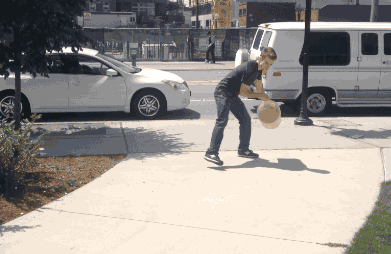
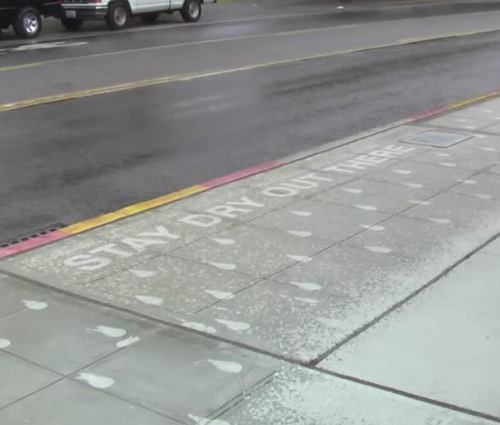
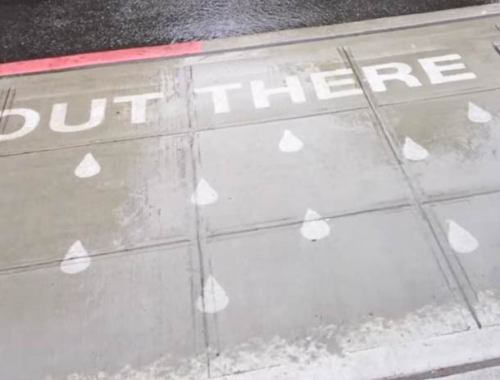
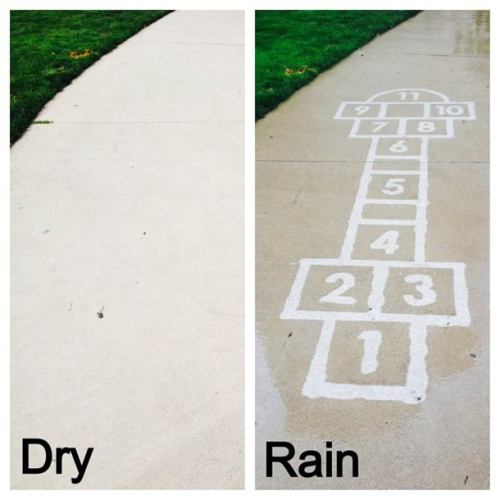
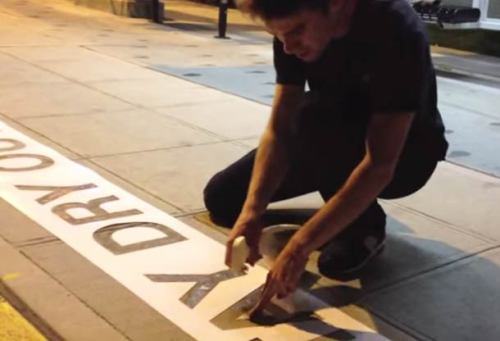
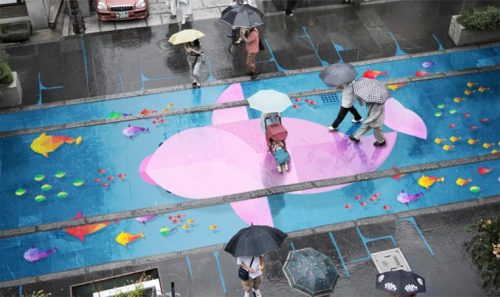
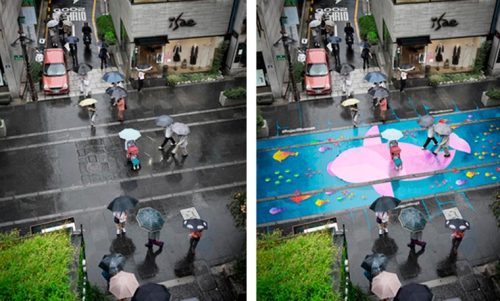
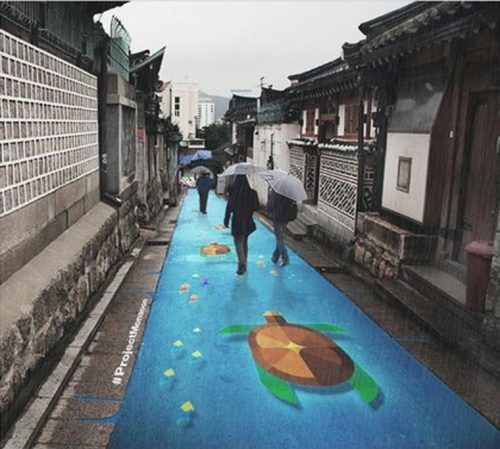
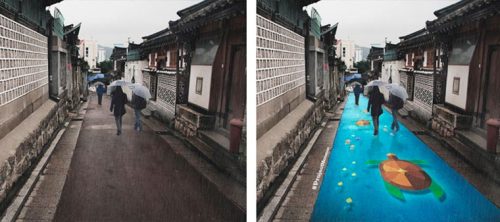
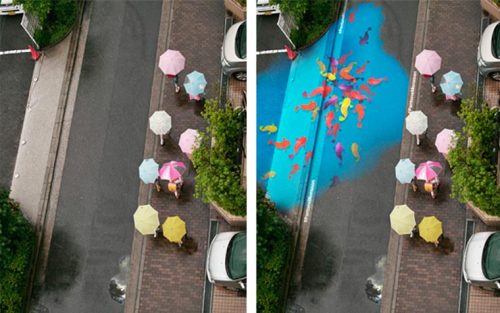
Project Monsoon Clever colorful street art that only appears when it rains
After the Superhydrophobic Street Art, which uses a superhydrophobic coating to create designs which appear only in the rain, here is the Project Monsoon, which uses the same concept, this time with hydrochromic painting, which reveals its color only when wet. This amazing and clever project was designed by a Korean team of designers, in collaboration with Pantone, to provide color to the streets of Seoul during the rainy season, while paying tribute to the Korean culture. A brilliant idea! Source: ufunk

109-Year-Old Woman Said Secret To Long Life Is Avoiding Men
-
 dotmpotter reblogged this · 9 years ago
dotmpotter reblogged this · 9 years ago -
 livable4all reblogged this · 9 years ago
livable4all reblogged this · 9 years ago -
 max-clay reblogged this · 9 years ago
max-clay reblogged this · 9 years ago -
 pompous-bisexual reblogged this · 9 years ago
pompous-bisexual reblogged this · 9 years ago -
 pompous-bisexual liked this · 9 years ago
pompous-bisexual liked this · 9 years ago -
 smgreen73 liked this · 9 years ago
smgreen73 liked this · 9 years ago -
 lightchamber liked this · 9 years ago
lightchamber liked this · 9 years ago -
 grumpy-black liked this · 9 years ago
grumpy-black liked this · 9 years ago -
 hardyorange liked this · 9 years ago
hardyorange liked this · 9 years ago -
 adultish96 reblogged this · 9 years ago
adultish96 reblogged this · 9 years ago -
 adultish96 liked this · 9 years ago
adultish96 liked this · 9 years ago -
 squee-channel reblogged this · 9 years ago
squee-channel reblogged this · 9 years ago -
 misterwillow liked this · 9 years ago
misterwillow liked this · 9 years ago -
 illegitimis reblogged this · 9 years ago
illegitimis reblogged this · 9 years ago -
 ghlossa liked this · 9 years ago
ghlossa liked this · 9 years ago -
 corruptchaos liked this · 9 years ago
corruptchaos liked this · 9 years ago -
 carbonbasedhuman liked this · 9 years ago
carbonbasedhuman liked this · 9 years ago -
 ptenterprises reblogged this · 9 years ago
ptenterprises reblogged this · 9 years ago -
 ptenterprises liked this · 9 years ago
ptenterprises liked this · 9 years ago -
 rollership reblogged this · 9 years ago
rollership reblogged this · 9 years ago -
 rollership liked this · 9 years ago
rollership liked this · 9 years ago -
 urbanoceanix reblogged this · 9 years ago
urbanoceanix reblogged this · 9 years ago -
 donnellallan liked this · 9 years ago
donnellallan liked this · 9 years ago -
 eurekapix reblogged this · 9 years ago
eurekapix reblogged this · 9 years ago -
 scottsantens reblogged this · 9 years ago
scottsantens reblogged this · 9 years ago